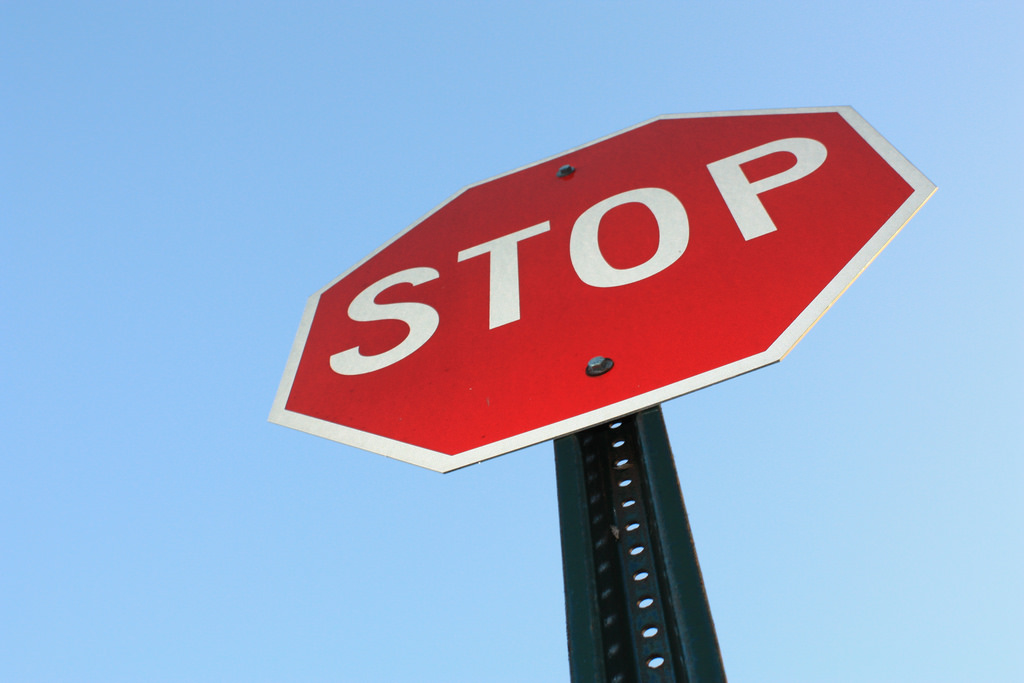As published by National Pain Report.
By Richard “Red” Lawhern, PhD
Much has been written lately about an “epidemic” of opioid overdose deaths, and a supposed need to restrict prescription opioid medications. Regrettably, many readers will not penetrate beneath the sensational headlines to grapple with the complicated realities of this issue. Few who aren’t themselves in pain may realize the harm that such articles are doing to tens of millions of people.
In March of this year, the US Centers for Disease Control released “voluntary guidelines” on prescription of opioid medications to adults with chronic non-cancer pain. Unfortunately for 100 Million US chronic pain patients (estimated by the US Institute of Medicine), the document is in actuality neither voluntary nor a guideline. Combined with recent draconian laws in several US States, the CDC protocols have become a mandatory restrictive practice standard which is driving doctors out of pain management and patients into agony by the thousands. Patients are being involuntarily taken off opioids — or outright deserted without referral by doctors who fear US Drug Enforcement Administration prosecution if they continue to prescribe the only treatments which give many people even a marginal quality of life.
None of this is to say that over-prescription or diversion of prescription opioids never happens or that prescription overdose deaths do not occur. Clearly both are real issues in public health, and tragedies for families most directly affected. But there is ample evidence that neither sad outcome is the core reality of drug abuse in the US. As recently explained in Scientific American by neuroscience journalist Maia Szalavitz, “Opioid Addiction is a Huge Problem, but Pain Prescriptions Are Not the Cause.”
As Szalavitz points out, “efforts to reduce opioid deaths will fail unless we acknowledge that the problem is actually driven by illicit — not medical — use.” Likewise, “…according to the large, annually repeated and representative National Survey on Drug Use and Health, 75 percent of all opioid misuse starts with people using medication that wasn’t prescribed for them—obtained from a friend, family member or dealer.” The most pressing overdose problem is not chronic pain patients. Part of the solution might be securing of potentially addictive medications under lock and key when used at home.
The largest contributing factors in drug abuse are not medical prescriptions. Again from Maia Szalavitz, “If we want to reduce opioid addiction, we have to target the real risk factors for it: child trauma, mental illness and unemployment.” Not coincidentally, people who experience these problems are much less likely to receive medical treatment for any cause, including chronic pain. Moreover, “…in general, new addictions are uncommon among people who take opioids for pain in general. A Cochrane review of opioid prescribing for chronic pain found that less than one percent of those who were well-screened for drug problems developed new addictions during pain care…”
There is real and valid concern for the avoidable death and destruction which are wrought by illicit opioids in the US. But the contribution of prescription opioids in pain patients is tiny, and even the number of deaths is over-blown. Estimates of overdose deaths vary from 18 to 32 thousand in 2014. Why do we ignore the 88,000 alcohol-related deaths that occur every year? Or the even larger number of deaths by medical misadventure and error – the third highest cause of death in the US? Something seems seriously out of whack with our sense of proportions.
Present public attitudes and assumptions toward chronic pain must change. A fraction of the millions diagnosed with incurable pain conditions will be prescribed opioids. But among that minority, opioids are a last resort and a necessary enabler of life. Take them away, and we may contribute to a wave of suicides and a surge of people seeking street drugs out of desperation.
A huge majority of pain patients are not addicts or abusers. Most do not get a high from taking prescription opioids, even if they become physically dependent on them for pain control. We cannot reduce drug overdose deaths by denying relief for the agony of millions.

